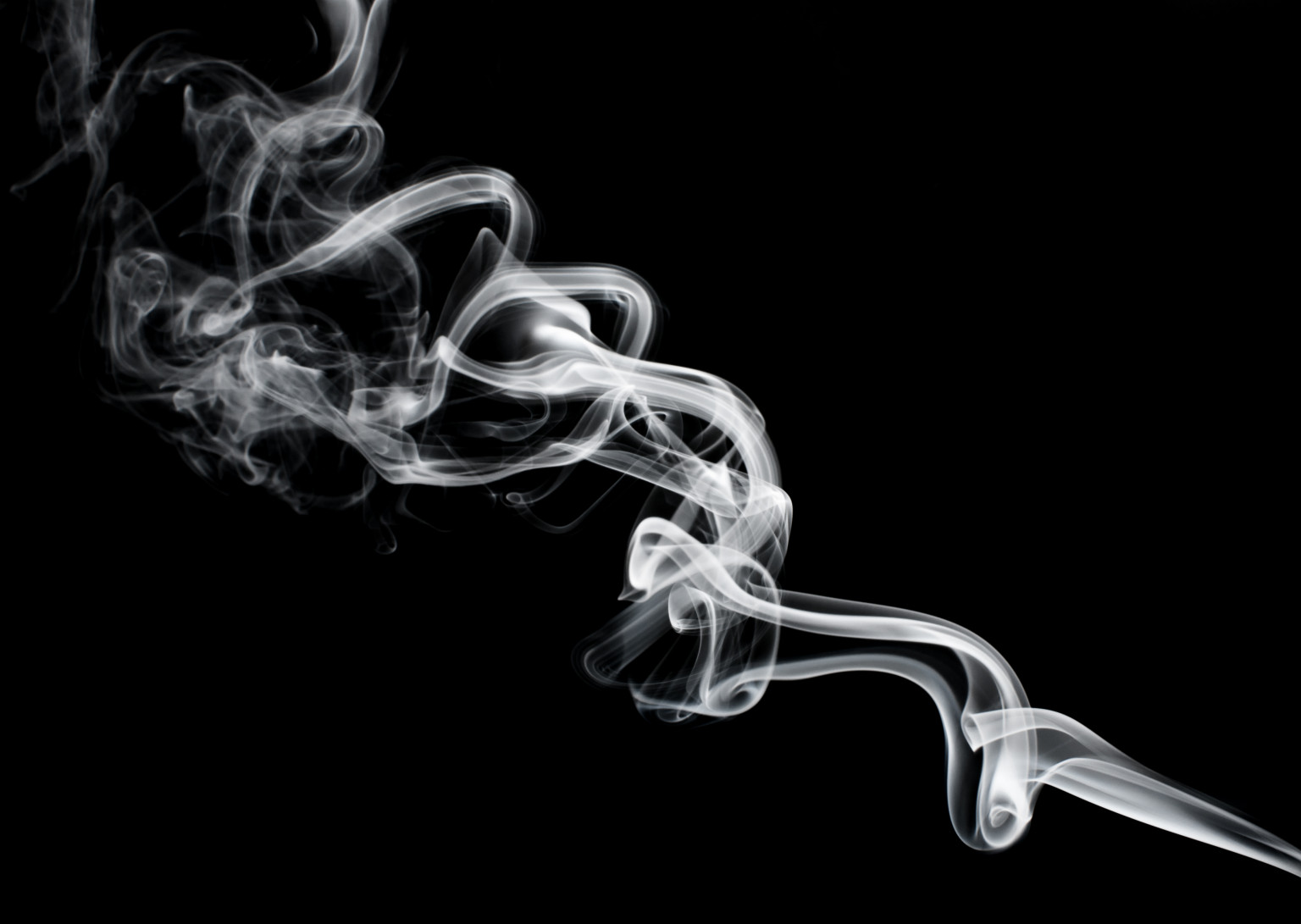


Almost everyone is aware that exposure to secondhand smoke is harmful; however, what about exposure to "third-hand smoke (THS)"? It is a relatively novel term that is used for the residual components of tobacco smoke which lingers in places for long after smoking has stopped and also settles on your clothes after you have left a smoky place. You may think it to be merely an offensive smell, but it actually implies that there is presence of toxins of tobacco smoke.

Yes, it is dangerous to your health. It creates problems by acting in more than one way.
The first one is quite easy to understand. Smoking produces chemicals which land on the surfaces present in the area where smoking has occurred. According to studies, out of the total chemicals present in THS, 11 substances can cause cancer. A few of such chemicals are cyanide, nicotine, lead, radioactive polonium-210, butane, arsenic and polycyclic hydrocarbons.
The second way in which toxins of smoking can be a cause of concern is via a process called "off-gassing". It is a process in which the substances that have landed on surfaces after smoking are pushed back into the atmosphere as gases. One such substance is nicotine. By this process, residue of tobacco that has been deposited on surfaces continues to release toxins for a long period after smoking occurred.
The third method of exposure is via creation of new toxins by the interaction of chemicals in THS with other environmental chemicals. 2 examples of such interactions are:
You may be affected by the toxic chemicals present in THS by ingesting them, by inhaling them, or by absorption via the skin.
Not like second-hand smoke, the health risks of THS may actually increase with time as more and more toxic chemicals are deposited on the surfaces of vehicles and home. The researchers have just started to evaluate the possible dangers of THS; findings so far include:
It is believed that children are at greater risk of exposure to third-hand smoke than adults. The carcinogens present in THS settle on the floor where children tend to sit and play. Moreover, children are more likely to put their hands in the mouth after touching the surfaces which are contaminated by THS.
A research suggests that exposure to THS in infants may raise the risk of SIDS or Sudden Infant Death Syndrome. If you smoke, even outside your house and then carry an infant, this greatly increases the risk of the child. American Academy of Pediatrics states that children who are exposed to cigarette smoke are at an increased risk of developing chronic health conditions including asthma, frequent infections of the respiratory tract and stunted growth of the lungs.
Residue of THS is built up on surfaces with time and is resistant to normal cleaning procedures. It is difficult to eliminate THS by opening windows, airing out rooms, using air conditioners or fans, or smoking only in certain places of a house. The only method to protect nonsmokers from THS is to build a smoke-free atmosphere. Follow the below mentioned tips to avoid THS: